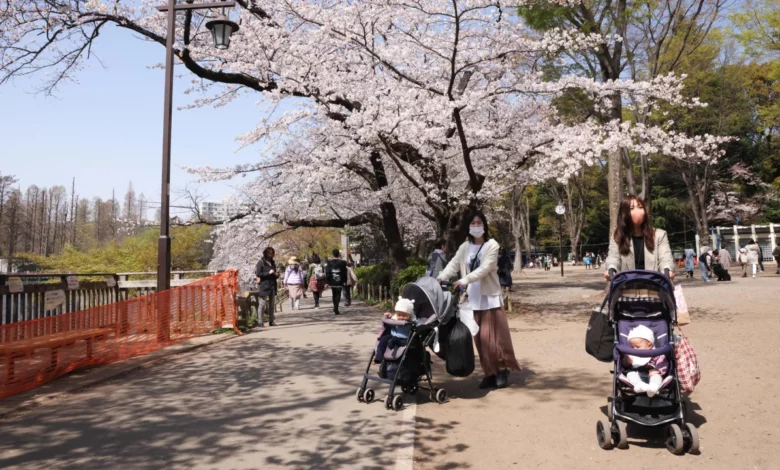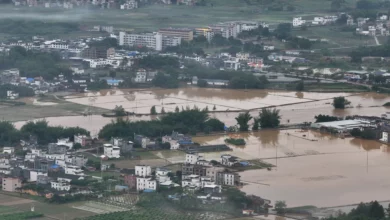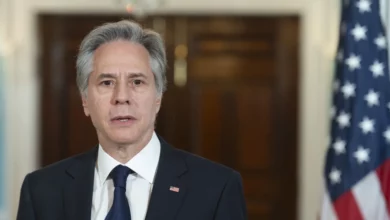
As of January 1 this year, Japan’s total population stood at 125.4 million, including both Japanese and foreign residents, according to data released on Wednesday by Japan’s internal affairs ministry. The number of foreign residents rose by nearly 289,500 compared to the previous year – a significant increase of more than 10%.
But the number of Japanese residents shrank by 800,523, marking the 14th consecutive year of contraction since a peak in 2009, said the ministry.
And for the first time, all prefectures across the country saw a decrease in the number of Japanese nationals, a ministry spokesperson told CNN.
However, due to the rise in foreign residents, the capital Tokyo saw a slight increase in overall population of all residents regardless of nationality.
The number of deaths last year also hit another record high, with 1.56 million recorded – compared to less than half the number of births recorded, just 771,801 newborns, according to the ministry.
Deaths have outpaced births in Japan for more than a decade, posing a growing problem for leaders of the world’s third-largest economy. They now face a ballooning elderly population, along with a shrinking workforce to fund pensions and health care as demand from the aging population surges.
Japan’s population has been in steady decline since its economic boom of the 1980s, with a fertility rate of 1.3 – far below the rate of 2.1 required to maintain a stable population, in the absence of immigration.
The country also has one of the highest life expectancies in the world; in 2020, nearly one in 1,500 people in Japan were age 100 or older, according to government data.
Nearby, China, South Korea, Singapore and Taiwan are experiencing similar crises, struggling to encourage young people to have more children, in the face of rising living costs and social discontent.
These concerning trends prompted a warning in January from Prime Minister Fumio Kishida that Japan is “on the brink of not being able to maintain social functions.”
In a bid to plug those gaps and balance the population, Japanese authorities in recent years have pushed for more foreign residents and workers – not an easy task in a highly homogenous country with comparatively low levels of immigration.
In 2018, Japanese lawmakers approved a policy change proposed by former Prime Minister Shinzo Abe that created new visa categories to allow an estimated 340,000 foreign workers to take high-skilled and low-wage jobs.
And in a major shift in 2021, the Japanese government said it was considering allowing foreigners in certain skilled jobs to stay indefinitely.
However, the Covid-19 pandemic halted much of that progress, with the country shutting its borders to foreign nationals and imposing lockdowns across many prefectures.
A report last year by a Tokyo-based research organization found that Japan needs about four times as many foreign workers than 2020 levels by 2040 to achieve the government’s economic goals. But, it warned, to do that Japan must first create an environment that supports the human rights of migrant workers, and push for social change to be more accepting of foreigners.




